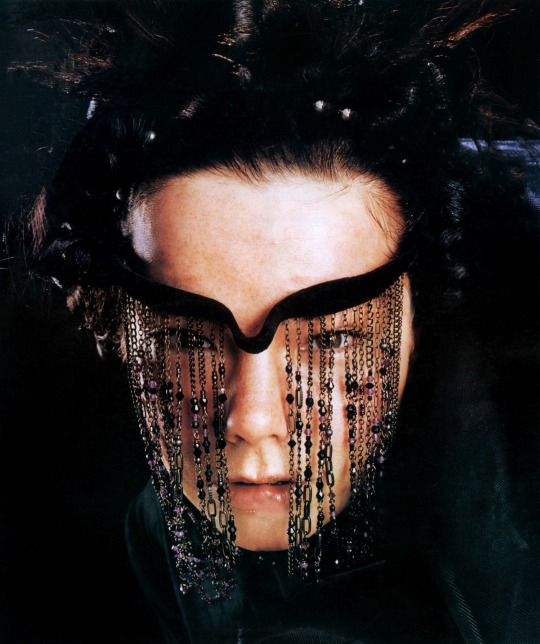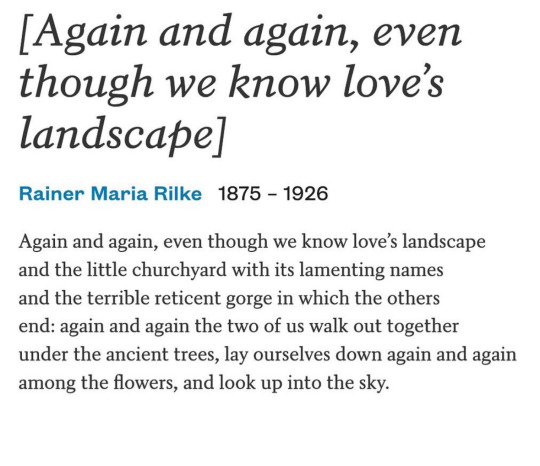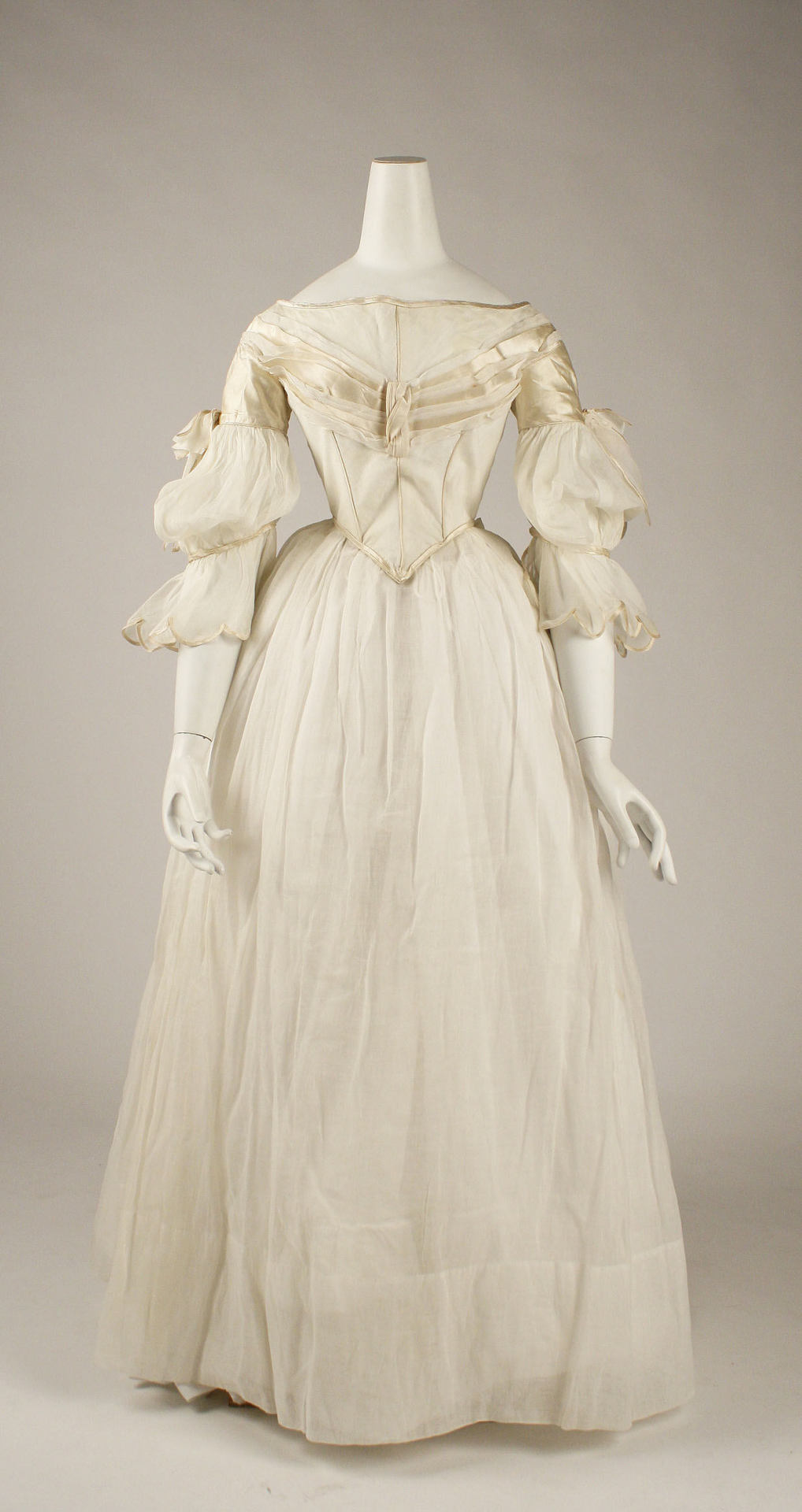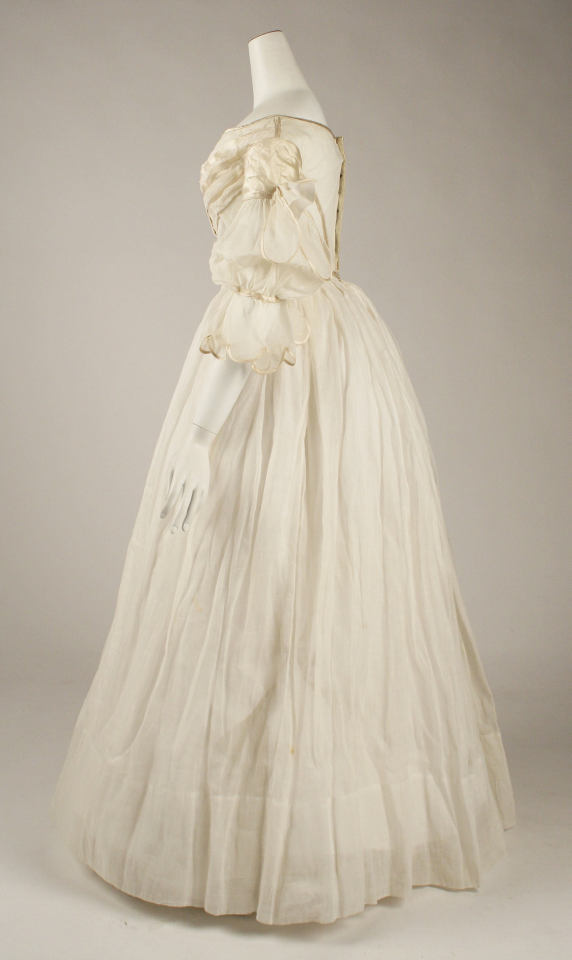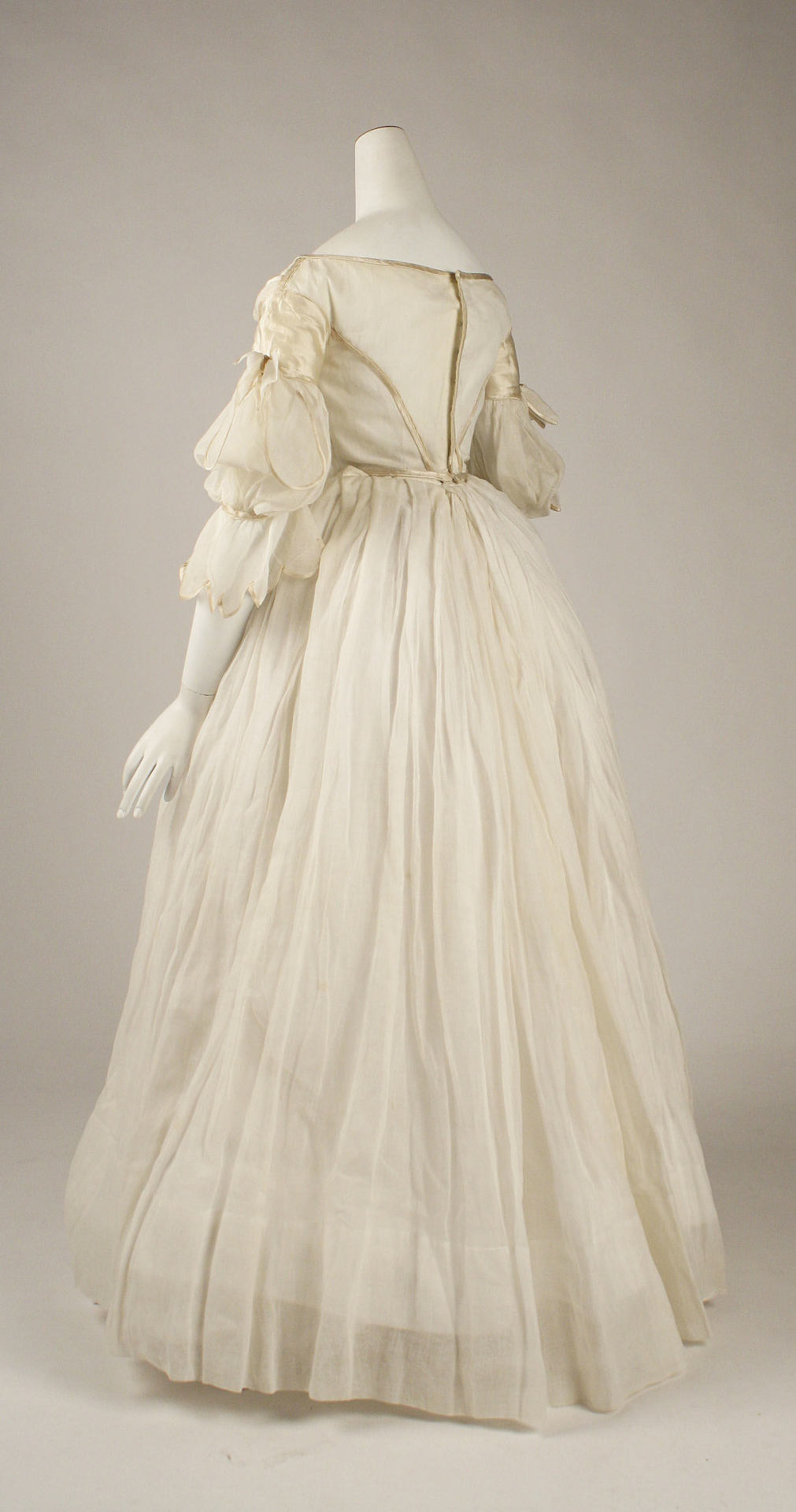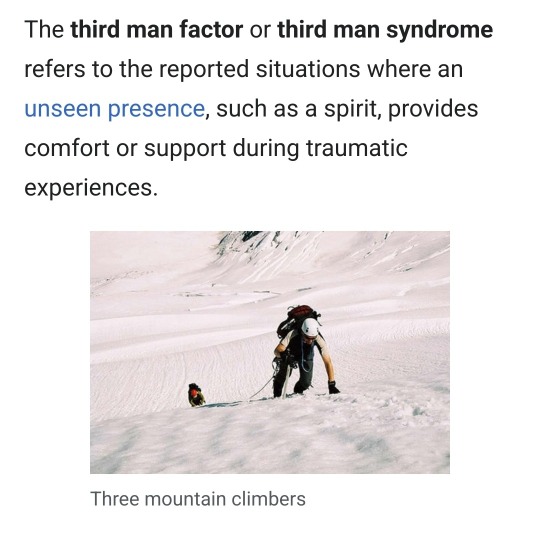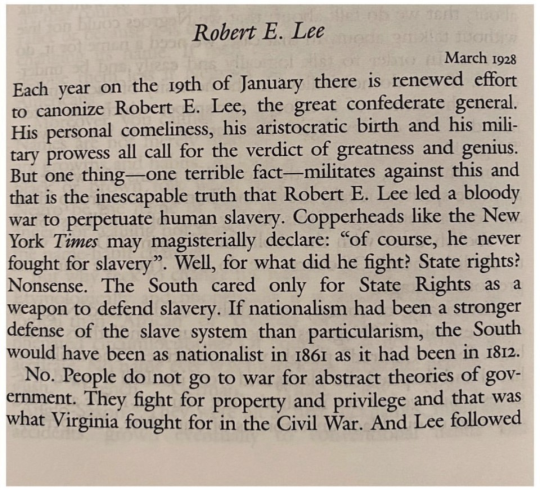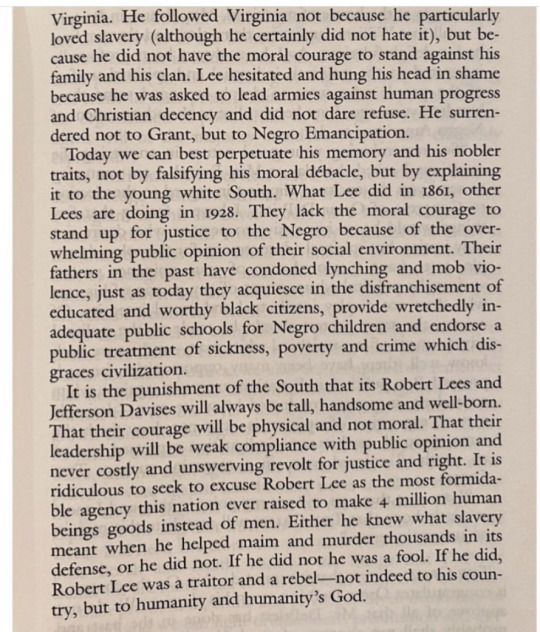Location: Goat Town Hell . Gremlin documentation blog and my space to shout into the void. 🔞
Don't wanna be here? Send us removal request.
Text
At some point, you realise that you're the only person apologising for getting into fights, and you need to realise that you are the problem. Apologising after the fact doesn't make you less of an asshole, it just makes you an asshole who can't commit.
If you think this is manipulative, you're right. I can't help going for pity points. It's built in. Further proof of my real colours.
#downloaded tumblr just to post this#I'm talking about myself#you ever flounce from the only social interaction in your life because you're a stupid sensitive idiot who insults people thoughtlessly#I'm deleting the app again after this#i merely wanted to clarify that that my decision to leave discord isn't unfounded: in every altercation and argument on discord#the fault has been mine#it's better I take accountability once and for all
2 notes
·
View notes
Text
In the last couple of years, I started dealing with the writing anxiety I developed in high school. It was a result of burnout, rather than a cause of it, but it has made writing regularly an impossibility for me ever since.
I decided that whenever I feel like writing, I had to do it. That was the only 'must' I set for myself. When I feel inspired to write: I have to write.
Everything else is optional. I can't force myself to work on anything if I don't want to. The second the writing stops being effortless, I have to stop writing. If this means I write a sentence and nothing more, that's fine. If it means I start a new story every day, that's fine. If I change scenes, write only exposition, create the most self-indulgent trash you can imagine, that's fine.
The point I'm trying to achieve is to no longer be afraid of writing. I used to get anxiety when I tried to do it. I would panic at the sight of an empty document. I have so many bad emotions and memories around writing and producing text, that my goal has to be to rediscover the fun.
So that's my advice: Make exactly the thing you want in that moment. Don't force anything. It's better to eat cake than go hungry because you don't have the ability to cook a healthy meal; it's better to create anything than nothing, even when it's just for you and it's not any good. If it makes you happy, it's good.
Oh, and don't delete or throw stuff away.
if yall ever want like serious advice from me about how to solve burnout as a creative it's like...
literally ignore it. stop pushing. go do something else, enjoy your life, fill it with other things, do what brings you joy in the moment if you can.
go to the gym, take a walk to touch grass and look at dogs and smell flowers, cook dinner, watch tv with your friends, talk about your feelings as needed with ppl you trust, take a drive and blast your music, do the chores you need to do, the job hunting slog you need to do, read books that aren't for research, stop cordoning off your brain for The Craft or The Draft or whatever the fuck
forget about the project, stop thinking about it for as long as it takes to be excited again.
fuckin rest, basically
18K notes
·
View notes
Text
You know what I hate about the internet? Sometimes people will just lazily slap a “citation” on an infographic and trust that they’ll be completely taken at their word and nobody is going to dig deeper. And it works all the time. As an example, please look at this photo someone posted to dispute my assertion that garlic can be toxic to dogs.
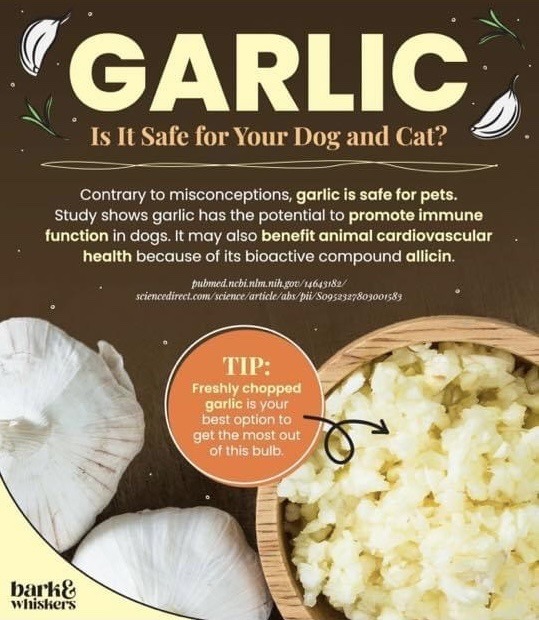
Okay well, kind of a pain to manually type in that link but obviously I am going to look into this study that is confident enough to recommend people feeding their dogs garlic. So here’s the article, kind of a weird journal choice for this graphic to reference from but looks like a legit (though 20 year old) study

Funny thing is, almost immediately this article acknowledges that garlic can indeed be toxic to dogs. The health benefits mentioned in the graphic are referring to human health, not canine. This section is literally in the introduction of the article and one of the first things you read. Emphasis here is mine.
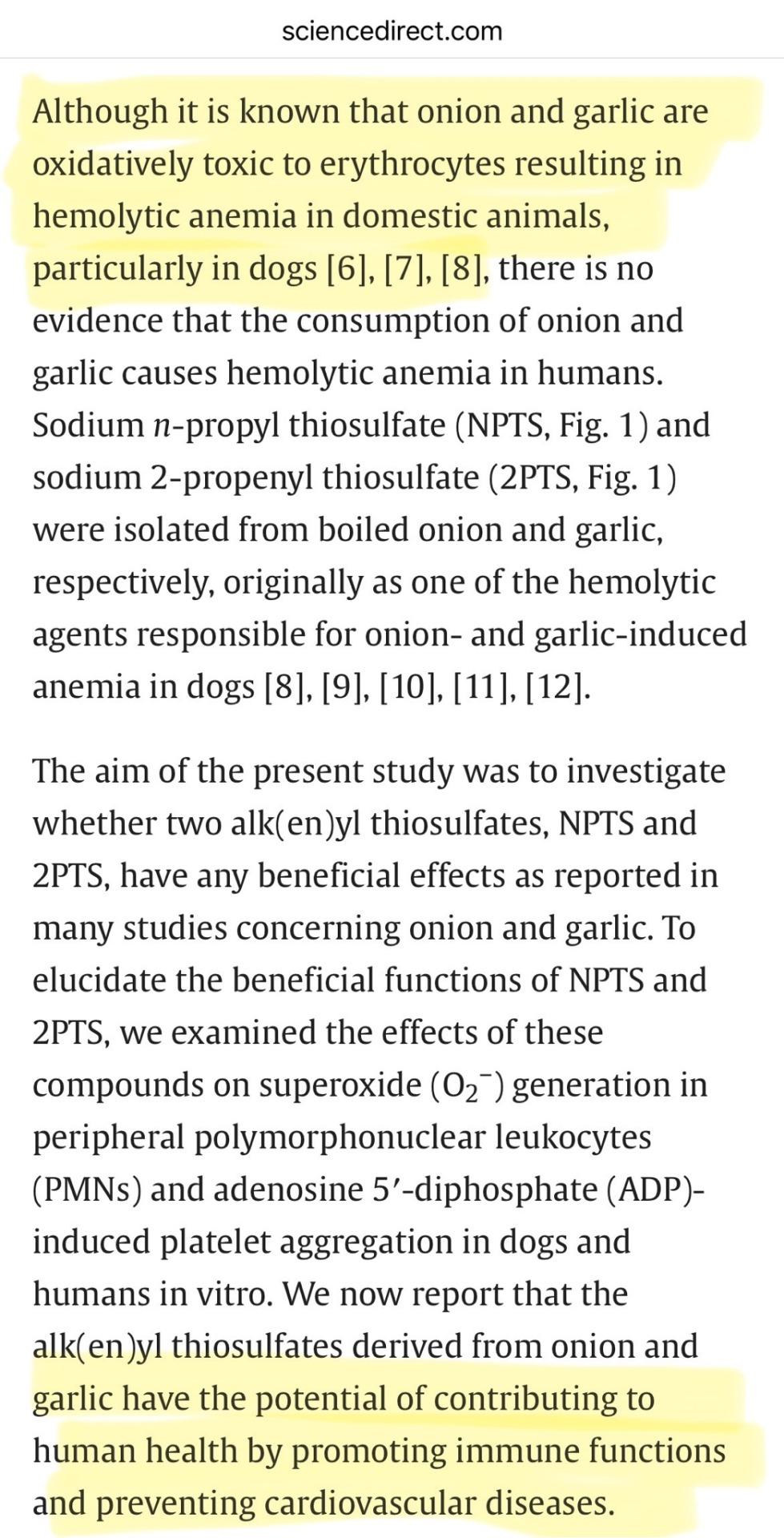
Crazy to me that someone would imply that this article encourages giving dogs garlic when it in fact immediately asserts that doing so has the potential to cause hemolytic anemia. The article does explore the anti-thrombotic effects of garlic components in dogs and humans, but by no means does it say that “contrary to misconceptions garlic is safe for pets”. It is dishonest to assert this in an infographic. However the creator of the image correctly assumed nobody would check, because the person who posted it took it as fact without further investigation.
I am begging you to be skeptical. Check your sources. Check their sources. Check my sources. Learn how to dig deeper and exercise that muscle as much as you can, especially on the internet. You will be absolutely shocked how much misinformation is casually stated and received as pure fact.
6K notes
·
View notes
Text
Btw I think there’s a difference between an ethnostate and an ethnic group gaining self-determination. But I also think most people don’t know the difference. Like. Ireland is 76% ethnically Irish, gives preferential citizenship and immigration status to people of Irish ethnic descent, and has a very bloody and violent recent history of trying to keep non-Irish people from continuing to live in Ireland. And right now there’s an international border separating the “True Irish” from the Ulster, British Irish, largely on the basis of ethnicity, ancestry and religion. Most people consider the multiple wars that Ireland fought to be in the name of self-determination, not in the name of establishing an ethnostate.
Israel is less ethnically Jewish than Ireland is ethnically Irish. Contrary to popular belief, non-Jews living inside Israel have just as much of a citizenship as non-Irish people living in Ireland. They can vote and hold office and move freely and worship whomever they please. It’s just that those rights aren’t extended across the international border to Palestine… just like Ireland’s legal rights don’t extend into Northern Ireland.
I’m not trying to say that Ireland is definitely an ethnostate, and I’m not trying to say that Israel definitely isn’t. I’m saying that you should be consistent in your determination of what counts. If you apply different rules to the Jewish country specifically, and you levy accusations against a Jewish government that you would never levy at a Western government… then you may be antisemitic.
1K notes
·
View notes
Text

MOST BASS ARE JUST FISH BUT LEROY BROWN WAS SOMETHING SPECIAL
74K notes
·
View notes
Text
When I started studying the Galeras incident, I went into it knowing the basics of what happened: a team of scientists went into the cone of an active volcano and it erupted, killing a bunch of them and several tourists and that there were competing stories as to why and how this all happened. The man at the center of the controversy wrote a book about it, and then there’s another famous book by someone who wasn’t involved but did a lot of extensive research on what happened.
I figured I’d read the account from the guy who was there first, going in with the mindset that his account probably wouldn’t be super truthful due to a variety of factors and that he’d try to cover that up to make himself look better, so I’d have to read the second book to get a better idea of what he might have been truthful about and what he wasn’t.
BUT NO.
NO.
The dude just straight up contradicts himself in his own book, and he does it REPEATEDLY. “I had no way of knowing what would happen!” And then on the next five pages he outlines exactly why he should’ve known what would happen! And he throws another scientist under the bus for apparently not sending him a paper that would’ve helped somehow? But this is in the SAME SENTENCE where he says he and that scientist didn’t get along.
Like. Dude. Why do you expect a guy you don’t like to send you his work and then blame him for not doing it? Also. THIS IS YOUR FIELD. If you want to be up to date on the shit you’re studying, you need to be seeking out new papers on your own. I get it was the early 90s but it was a small field, there weren’t that many papers getting published. YOU WERE HOSTING A FUCKING CONFERENCE AT THE BASE OF THE VOLCANO THAT THE PAPER WAS ABOUT AND WHICH YOU WERE PLANNING TO LEAD AN EXPEDITION ON. He basically decided to go on a hike without checking the weather report because he hated the weatherman, then got mad when the weatherman didn’t call him to personally warn him about an incoming storm.
And the dude wasn’t the sole survivor, but he went around claiming he was! Even when the other survivors tried to speak up!
Just. Sir. Sir. Take some responsibility for your own fuck up that got people killed. Sorry if it makes you feel icky, but you did, in fact, get people killed.
127 notes
·
View notes
Text
This probably isn't a new take, but I think there's a subset of formerly-Christian (and likely evangelical) leftists who never like truly deconstructed their upbringing (watch this excellent series on this topic) and now have essentially replaced "rapture" with "revolution"
"Oh when the Rapture Revolution comes, all of our problems will be solved."
"I don't have to do anything to mitigate harm now, everything will be fixed when the Rapture Revolution comes."
"We'll finally be able to punish those wicked people when the Rapture Revolution comes."
This isn't everyone that talks about revolution, but it's very obvious which ones it is, y'know?
Really the only difference between them and fundie evangelicals is that the fundies are actually trying to force the Rapture to happen.
518 notes
·
View notes
Text

Testing a conservation compromise: No evidence that public wolf hunting in Slovakia reduced livestock losses
Variation in the legal status and management of wolves (Canis lupus) across EU Member States provides a good opportunity to test the effectiveness of different practices to reduce livestock losses. This opportunity for testing is particularly useful for lethal interventions, as they are among the most controversial actions within the large carnivore management toolbox. We aimed to test a conservation compromise adopted in Slovakia, based on a public wolf-hunting scheme and annual hunting quotas between 2014 and 2019, and partially justified to reduce livestock losses. We assessed whether this hunting scheme influenced livestock depredation levels (at the district level). Wolves in the area fed mainly on wild ungulates (98.9% of consumed biomass). While domestic sheep comprised only 0.5% of the diet, they were dominant among the reported livestock killed by wolves (91.1%). Using two different approaches, we did not observe a relationship between the number of killed wolves and livestock losses. Alternatively, a negative relationship between wild prey biomass and livestock losses was found. Since 2021, public wolf hunting has not been conducted in Slovakia, and there is no merit in the previous justification for this conservation compromise to reduce livestock losses.
Yet another study has found that killing wolves does nothing to protect livestock from wolf predation. There are plenty of non-lethal alternatives that are far more effective, such as fladry and livestock guardian dogs. Stable family groups alongside plenty of natural prey also makes wolves far less likely to target livestock.
321 notes
·
View notes
Text
"I was diagnosed with autism at the age of 43 years. At this point in my life I had been working exclusively in the field of autism for five years, both as an employee and more recently as a self-employed person running my own training organisation[.] I had completed a Master's degree in autism, written five books on autism, spoken at many conferences, trained several thousand practitioners in autism and worked with well over a hundred individuals with autism. It seems ludicrous even to me that someone so immersed in both the theory and practice of autism could not 'spot' it in herself. The reason that it took me so long to do so was that I was guilty of doing the exactly same thing that everyone else has been doing to women with autism for all these years: I was comparing myself with the male presentation, and I didn't fit. Specifically, I was using my partner, Keith, who has an Autism Spectrum Disorder (ASD) diagnosis himself, as my control sample....Increasingly, I realised that we were very similar in many ways and that I just 'got' him in a way that other NT people had struggled to do. I realised how incredibly logical, routine-orientated and systematic I am, but with no interest in technical things like he has. My fascination is people and how they operate (most typically articulated by a frown and 'Why do they do that?'). I realised that I struggle enormously socially, yet do social events anyway at great mental cost to myself, because I am supposed to, whereas [Keith] will just say 'no' and avoid any discomfort. For several years, my analytical, self-obsessed nature was having a ball trying to work out this paradox. The realisation and the answer came slowly and steadily every time I met a woman with autism through my work as an ASD specialist and coach. I would work with someone professionally and, on hearing their life stories and their way of being, I was frequently shocked by the similarity between their lives and my own. Numerous failed relationships, failed jobs, many jettisoned, short-lived projects where interest disappeared overnight, anxiety, 'madness' (to quote numerous people in my own life)--it was all so familiar. I could see precisely how these things fitted the diagnostic criteria and I was able to begin applying that understanding to myself. After a few more years of data-gathering and self-analysis, I went for a diagnosis and my suspicions were unreservedly confirmed."
--Sarah Hendrickx, M.A., "Women and Girls with Autism Spectrum Disorder: Understanding Life Experiences from Early Childhood to Old Age"
9 notes
·
View notes
Text
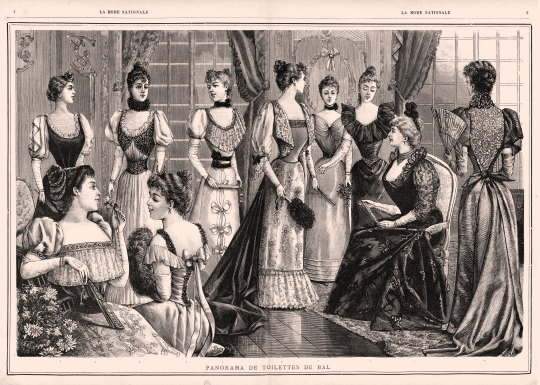
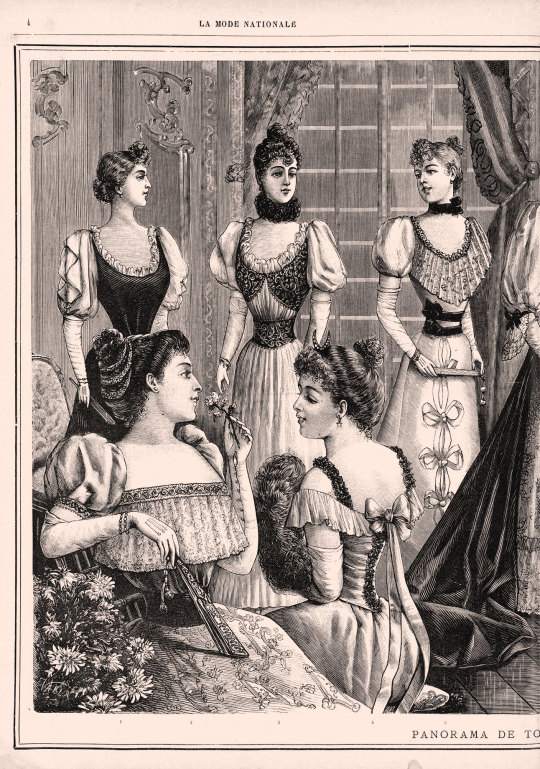

La Mode nationale, no. 297, 2 janvier 1892, Paris. Panorama de toilettes de bal. Bibliothèque nationale de France
(1) Toilette de jeune fille, en fourreau de velours bleu foncé. Corsage à gerbe, dentelle paille autour du décolletage en rond. Manches de soie paille. Coiffure jeune fille grecque.
(1) Young girl's ensemble, in dark blue velvet sheath. Sheaf bodice, straw lace around the round neckline. Straw silk sleeves. Greek girl hairstyle.
—
(2) Robe en broché fond blanc, à bouquets multicolores. Le corsage, retenu sous une ceinture vert-amande en satin antique, est orné dans le haut par un volant de dentelle d'Irlande, monté sur un galon brodé de soies multicolores.
Manches bouffantes, en satin blanc, retenues par un bracelet brodé.
Coiffure antique, formée par un pouf en cheveux, entouré par des galons brodés multicolores.
(2) Dress in paperback white background, with multicolored bouquets. The bodice, held under an almond-green belt in antique satin, is decorated at the top with a ruffle of Irish lace, mounted on a braid embroidered with multicolored silks.
Puff sleeves, in white satin, held by an embroidered bracelet.
Antique hairstyle, formed by a hair pouf, surrounded by multicolored embroidered braid.
—
(3) Robe de mousseline de soie blanche, à corsage sultane en velours carmélite, brodé or et argent, sur corsage froncé, retenu à la taille par une ceinture semblable. Manches courtes, très bouffantes; collier en plumes carmélite.
(3) White silk muslin dress, with a sultana bodice in Carmelite velvet, embroidered in gold and silver, on a gathered bodice, held at the waist by a similar belt. Short, very puffy sleeves; Carmelite feather necklace.
—
(4) Toilette de jeune femme, en satin rose pâle. Corsage drapé, orné par une berthe en mousseline de soie, terminée par un nœud Watteau derrière. Une bande de violettes ferme le corsage et se répète en bretelles sur les épaules.
(4) Young woman's ensemble, in pale pink satin. Draped bodice, decorated with a silk chiffon berthe, finished with a Watteau knot behind. A band of violets closes the bodice and is repeated in straps on the shoulders.
—
(5) Toilette de jeune femme. Robe en broché Louis XV bleu-ciel. Corsage plat, recouvert par une grande collerette en dentelle plissée blanche, entourée par un cordon de petities fleurs. Ceinture double et collier en velours noir. Manches bouffantes en satin uni.
(5) Young woman's ensemble. Louis XV sky blue paperback dress. Flat bodice, covered by a large white pleated lace collar, surrounded by a cord of small flowers. Double belt and necklace in black velvet. Plain satin puff sleeves.
—
(6) Toilette de jeune femme. Corsage plat, en satin antique aubergine, garni par un galon paille et aubergine, recouvert aux entournures par une dentelle blanche faisant Figaro retourné. Manches courtes et bouffantes en mousseline de soie paille. Jupe en soie brochée paille, forme empire, recouverte dans le bas par un haut volant de dentelle blanche. Derrière, longue traîne de satin antique aubergine. Coiffure grecque.
(6) Young woman's ensemble. Flat bodice, in antique aubergine satin, trimmed with straw and aubergine braid, covered around the edges with white lace in the shape of a reversed Figaro. Short, puffed sleeves in straw silk chiffon. Straw brocade silk skirt, empire shape, covered at the bottom by a ruffled white lace top. Behind, long train of antique aubergine satin. Greek hairstyle.
—
(7) Costume de jeune fille, en satin blanc. Corsage drapé, en mousseline de soie blanche, retenu au milieu par un chou de ruban.
Jupe plate, plissée derrière, garnie dans le bas par cinq rouleaux de satin. Bracelets à chaque poignet.
(7) Young girl's dress, in white satin. Draped bodice, in white silk chiffon, held in the middle by a bow of ribbon.
Flat skirt, pleated behind, trimmed at the bottom with five rolls of satin. Bracelets on each wrist.
—
(8) Robe de jeune fille, en crépon rouge vif. Corsage uni et décolleté, entouré par une collerette froncée en mousseline de soie rouge. Ceinture brodée. Jupe légèrement vaguée devant, rejetée en plis derrière.
Très petites manches, recouvertes par la collerette.
(8) Young girl's dress, in bright red seersucker. Plain, low-cut bodice, surrounded by a gathered red silk chiffon collar. Embroidered belt. Slightly waved skirt in front, thrown back into folds behind.
Very small sleeves, covered by the collar.
—
(9) Toilette de femme âgée, en soie noire, brochée. Corsage de satin uni, entouré par une dentelle relevée forme Médicis. Manches bouffantes en tulle noir brodé.
Jupe ample en broché, plissée en petite traîne derrière. Collier de perles fines. Coiffure jeune femme grecque, rehaussée derrière par un pouf de trois plumes roses.
(9) Older woman's ensemble, in black silk, paperback. Plain satin bodice, surrounded by raised Medici lace. Puff sleeves in embroidered black tulle.
Loose brocade skirt, pleated with a small train behind. Fine pearl necklace. Hairstyle of a young Greek woman, enhanced behind by a pouf of three pink feathers.
—
(10) Robe de dîner, en bengaline azalée. Corsage plat, recouvert, devant et dans le dos, par une pèlerine en pointe, en dentelle d'Irlande, surmontée par un collier en plumes.
Manches courtes, formées par un jockey très bouffant et froncé. Jupe plate devant, rejetée en plis derrière, faisant traîne. Ceinture semblable, nouée en très gros nœud derrière. Coiffure grecque.
(10) Dinner dress, in azalea bengaline. Flat bodice, covered, front and back, by a pointed cape, in Irish lace, topped by a feather collar.
Short sleeves, formed by a very puffy and gathered jockey. Flat skirt in front, folded behind, creating a train. Similar belt, tied in a very large bow at the back. Greek hairstyle.
147 notes
·
View notes
Text
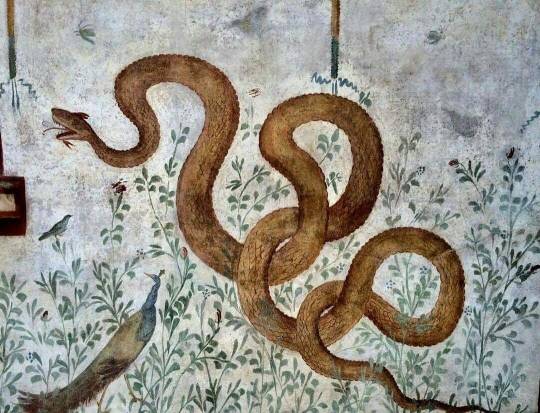
Agathodaemon in serpent form, the daimon (spirit) of a particular household who ensures good fortune, detail of the fresco from the lararium of the House of the Cryptoporticus in Pompeii, Italy
763 notes
·
View notes
